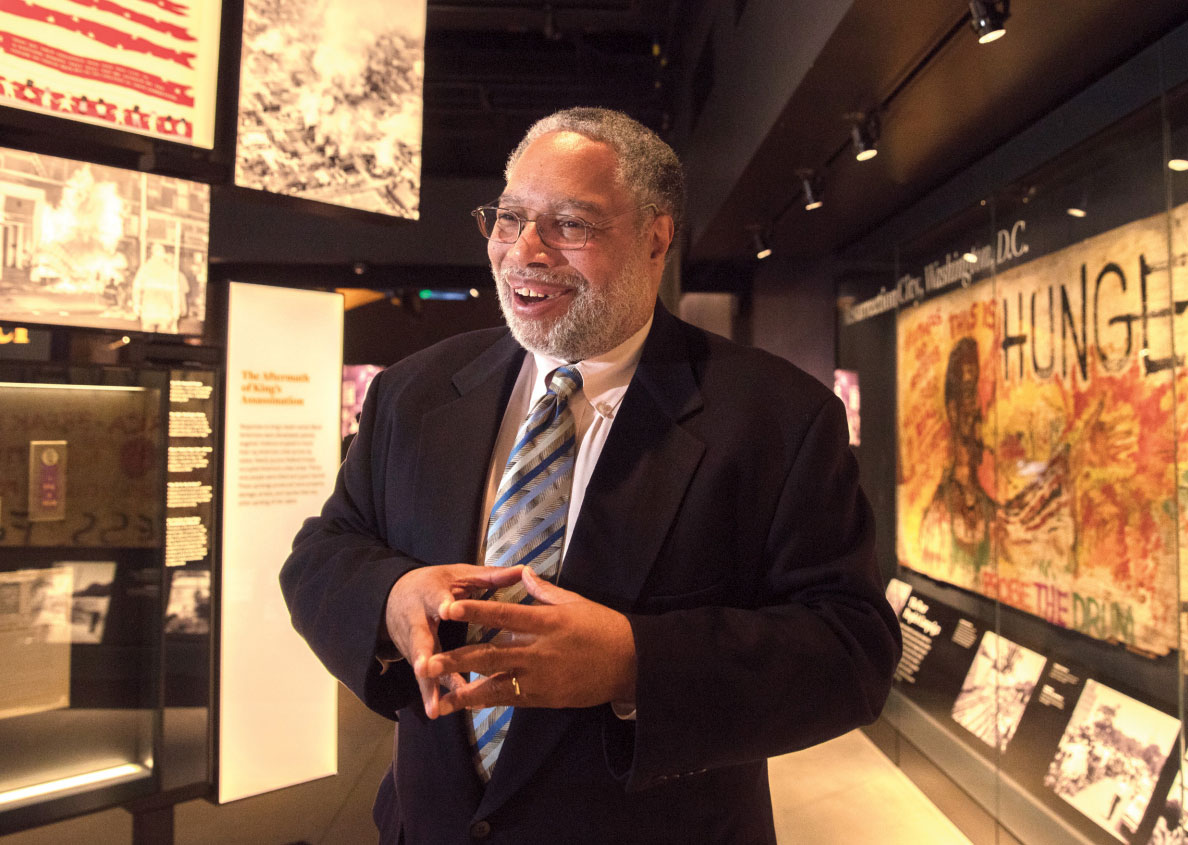When did you first visit the Smithsonian?
I was a young boy when I first visited the Smithsonian in the 1960s. My family was driving through Virginia and I asked my father to stop. He pulled into Washington, D.C., in front of the Smithsonian, and said here is a place that you can go where you won't be turned away because of the color of your skin. And for me, the Smithsonian became a place of fairness, a place that had the kind of information that would stimulate a young mind and help a young man figure out who he was.
Talk about the day you opened the National Museum of African American History and Culture.
I remember waking up on Sept. 24, 2016, terrified – terrified because I had put my fingerprints on so much in the museum. What if I was wrong? But the day really was, I think, a day where America was at its best. When I saw the Chief Justice of the United States, former President Bush and President Obama, this is the America I believed in – an America that is diverse, an America that wants to live up to its stated ideals.

 Lonnie G. Bunch III in the gallery "A Changing America: 1968 and Beyond" at the National Museum of African American History and Culture. Photo: Dominic Chavez.
Lonnie G. Bunch III in the gallery "A Changing America: 1968 and Beyond" at the National Museum of African American History and Culture. Photo: Dominic Chavez.